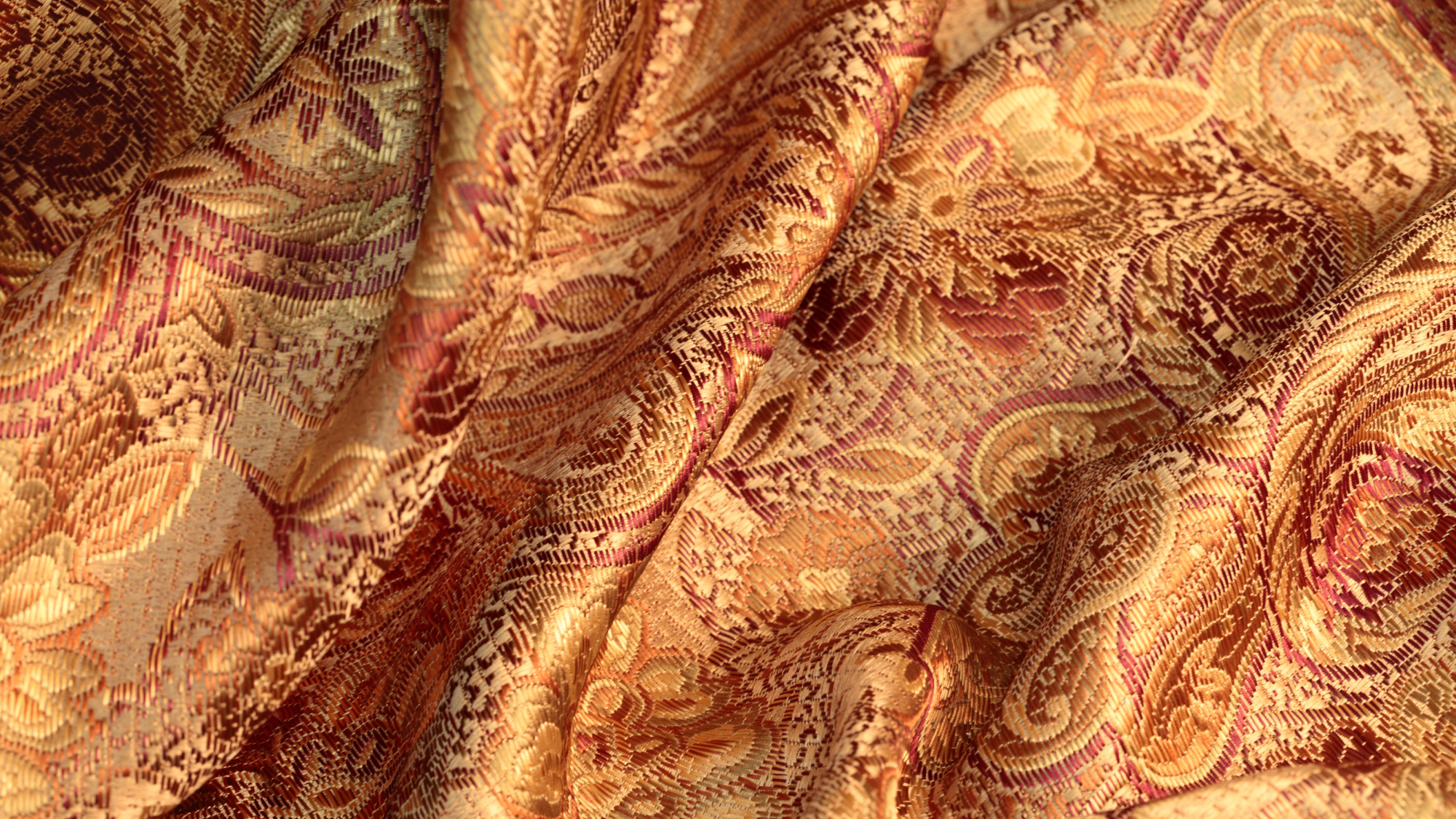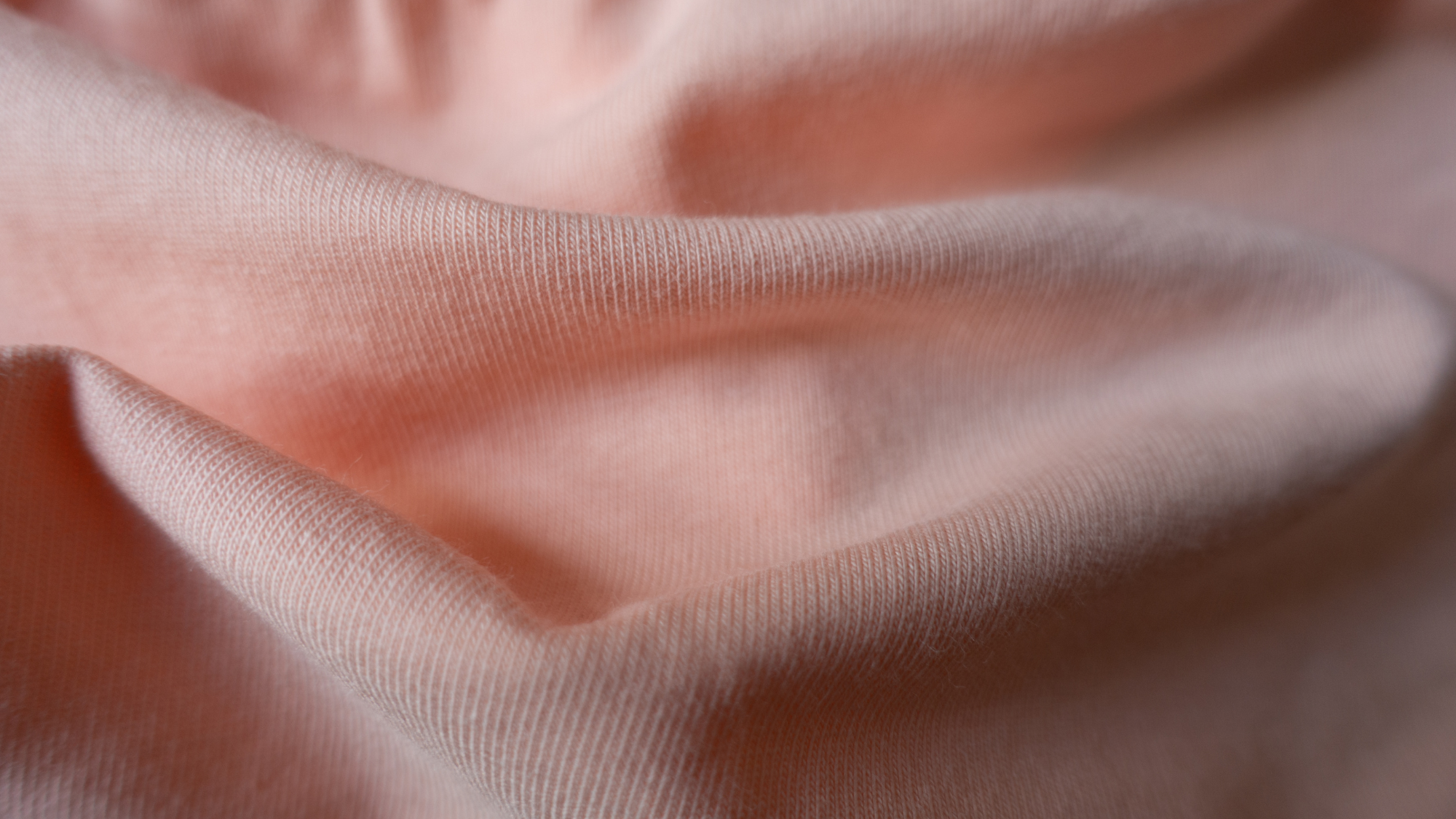
So you have a garment you want to alter, and you can picture it in your mind, but you can’t quite explain how…we’ve all been there! The right tailoring can truly elevate the fit of a garment from good to great, but only if you use the correct terms to express your wants and needs. Here are 20 tailoring terms you need to know before your next alteration.
Alterations
Changes made to a garment's fit or style to make it better suited to your body shape and preferences.
Take In
To reduce the size of a garment by sewing in seams to make it more fitted.
Let Out
To increase the size of a garment by letting out seams to make it looser or larger.
Taper
To gradually narrow a garment from a wider point (e.g., hips) to a narrower point (e.g., waist).
Cuff
A folded or turned-up section at the end of a sleeve, pant leg, or dress that is often secured with stitching.

A tailor hemming a pair of pants by adding a cuff.
Lining
A separate layer of fabric sewn into the inside of a garment to add structure, comfort, and a polished finish.
Pleat
A fold in fabric that is stitched in place, often used for decorative purposes or to add ease to a garment.
Collar
The part of a garment that encircles the neck, often found on shirts, jackets, and coats.
Lapel
The folded back portion of a garment's collar, typically seen on blazers, suits, and coats.
Inseam
The seam that runs along the inside of a pant leg, from the crotch to the hem.
Waistband
The band of fabric that encircles the waist of pants, skirts, or shorts, often with closures like buttons or zippers.
Dart Point
The tip or end point of a dart, usually found on garments to shape and contour the fabric.
Piping
A decorative trim made of fabric-covered cord that is sewn into seams or edges of a garment.
Gusset
A triangular or diamond-shaped piece of fabric inserted into a seam to add room and flexibility, often seen in underarms or crotch seams.
Lining
The inner layer of a garment, usually made of a smooth, breathable fabric that adds comfort and prevents transparency.
Facing
A piece of fabric sewn onto the inside of a garment to finish raw edges, often seen around necklines, armholes, and buttonholes.
Seam Ripper
A small tool used to carefully and accurately remove stitches, especially helpful for correcting mistakes or making alterations.
Notions
Small sewing supplies like buttons, zippers, snaps, and threads used in garment construction.
Bias Tape
Fabric strips cut on the bias and used to finish raw edges or create neat edges around curves.
Interfacing
A layer of fabric or fusible material applied to parts of a garment to add structure and support, often used in collars, cuffs, and buttonholes.
Using these terms will help you properly communicate to your tailor the exact desires you have for the fit and look of your garment. For more handy sewing tips, visit our blog.




